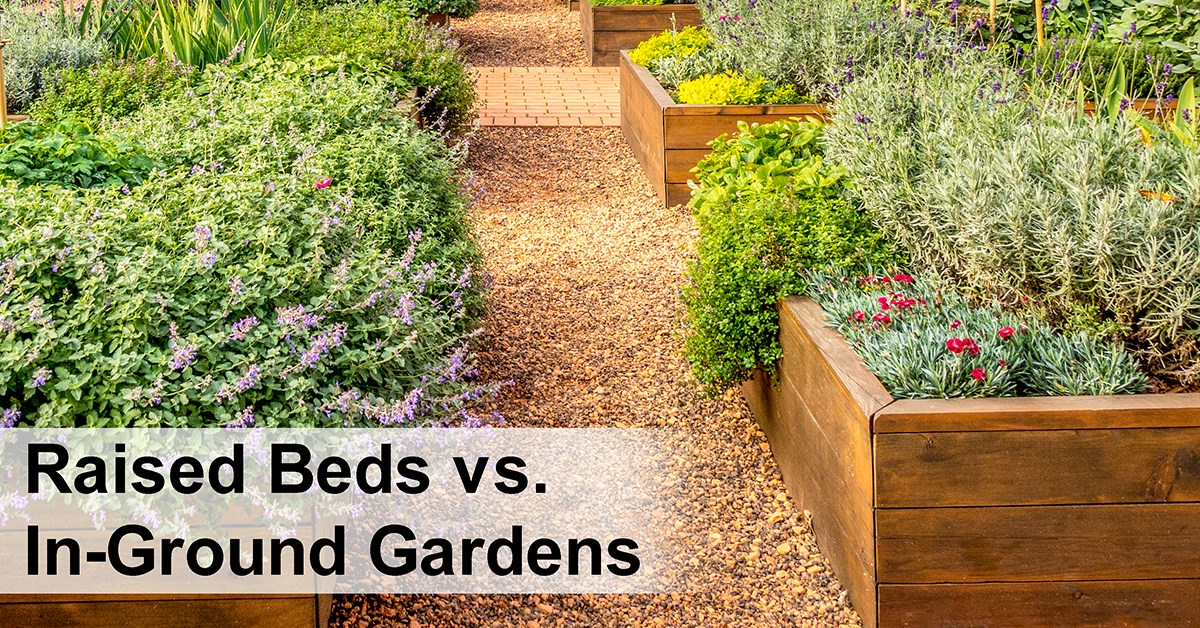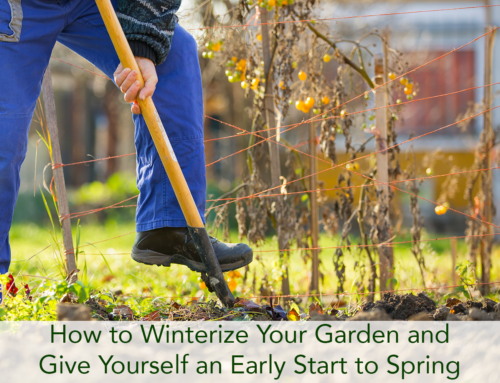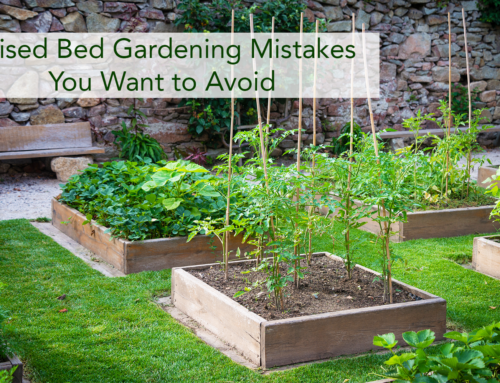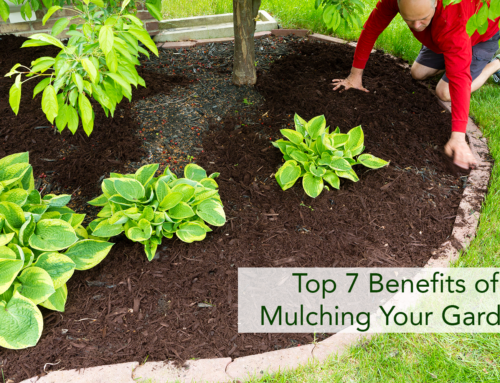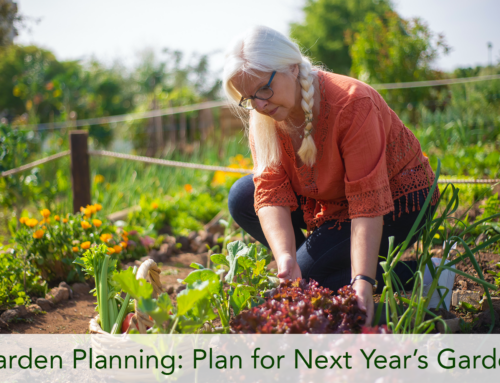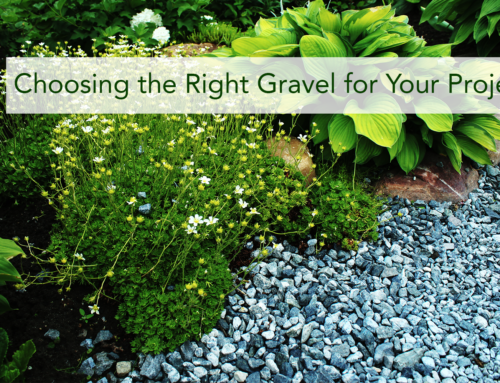Have you ever wondered about what the differences are between raised garden beds and in-ground gardens? We love raised garden beds because you have more control over the growing conditions and many times, raised beds can be better for getting vegetable gardens to really produce their full potential.
Soil in Raised Garden Beds vs. In-Ground Gardens
In our local area around Montrose, as well as most of Colorado, a common denominator in the soil is clay. A little clay in the soil is good on several levels, but too much clay is not great. When there is a lot of clay, soil drains poorly, is highly compacted, and restricts the root growth of plants. It also lacks in aeration and is just plain heavy! That being said, for our area, growing gardens in raised beds can be better than in-ground gardening. Gardens can be more productive in raised beds than in clay dominated in-ground gardens. Why?
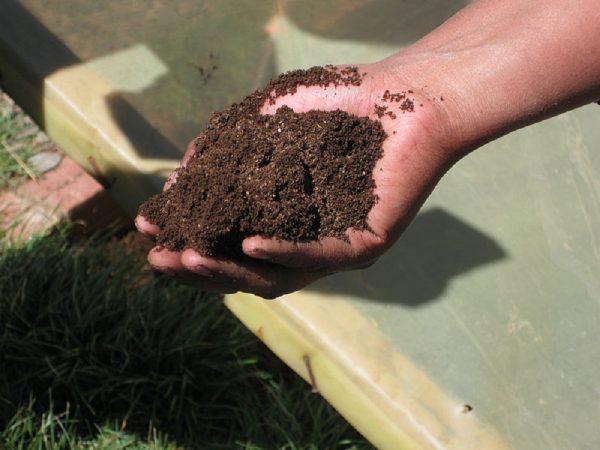
Soil placed in raised beds usually contain peat moss, coco coir, compost, and a choice of several aeration components such as pumice, rice hulls, perlite, and other materials. More drainage materials and different soils make it a much more light, loose, and aerated mix. A soil blend like this is much more friendly to plants roots than a heavy clay soil mix. A garden grown in a lighter, aerated mix in a raised bed can be much more productive than an in-ground garden. The downside to raised gardening is the expense. But you only have to build it and fill it with soil the first year. After that, each year you’ll just need a good organic feeding program.
Salt Build Up in Gardens
As the years go by, salts will begin to build up in any garden, whether it is raised or in the ground. Salts are present in most fertilizers, even some organic fertilizers. When fertilizers contain salts, they dissolve and disperse easily. Organic fertilizers that are more natural such as compost contain less salts, as the composting process breaks down salts.
Salts are more easily flushed out of raised garden beds. To flush out your raised garden bed, run your hose or a soaking sprinkler in your raised beds and let it drench and flood the raised beds. Flooding the beds will flush out the salts that can build up. If you do this at the end of each season, it’ll allow you to start fresh each year in spring. In-ground gardens do not flush nearly as well as there’s little place for that water and salt to go.
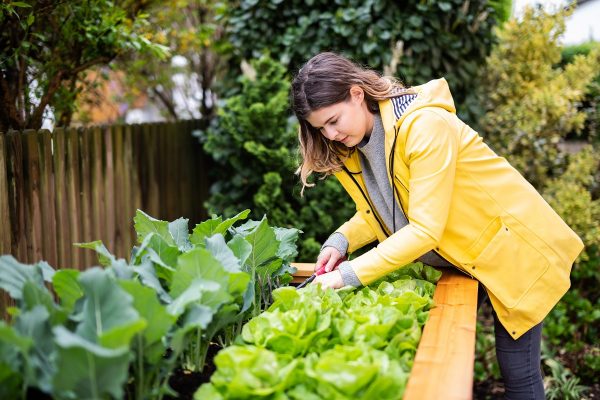
Raised garden beds make access easier
Ease of Access
We also recommend raised garden beds because you don’t have to bend down as far. Your raised beds can be as high as you want them to be. Raised garden beds can also be on legs or platforms to give them more of a boost so you don’t have to fill the beds with as much soil. There are many styles of raised beds available for purchase, and you can even make your own out of materials you have around. You can even do all natural raised beds with no construction needed through hügelkultur raised beds.
The Cost of Raised Gardens vs. In-Ground Gardens
One of the downsides to raised garden beds is the cost of constructing and filling the garden beds the first year. The cost for raised garden beds can greatly vary, depending if you are buying a kit, have the material on hand, are doing the work yourself, and the size of the garden. Raised gardens will almost always need more water since water is more easily able to drain away and winds can dry out raised gardens more. Unless you are on irrigation water, it can raise your water bill. In-ground gardens are very easy and inexpensive to start, but with the right soil, vegetable gardens in raised beds will usually outperform in-ground gardens.
Ready to get started with your own raised garden beds? Learn more about the compost and gardening mixes we have available in our Montrose, Colorado landscape supply yard. Contact us for delivery and we’d be happy to help you with all of your gardening needs!

